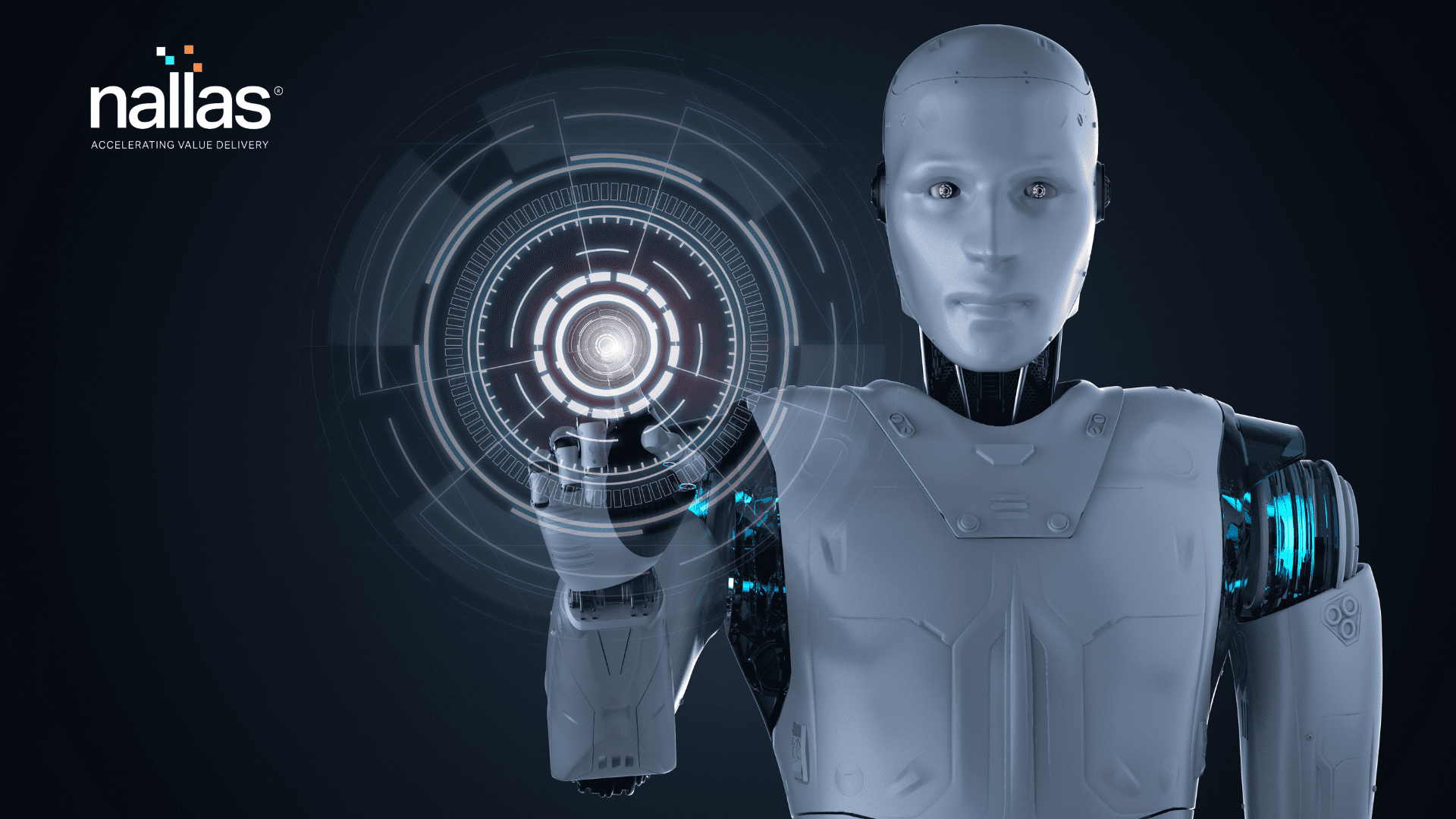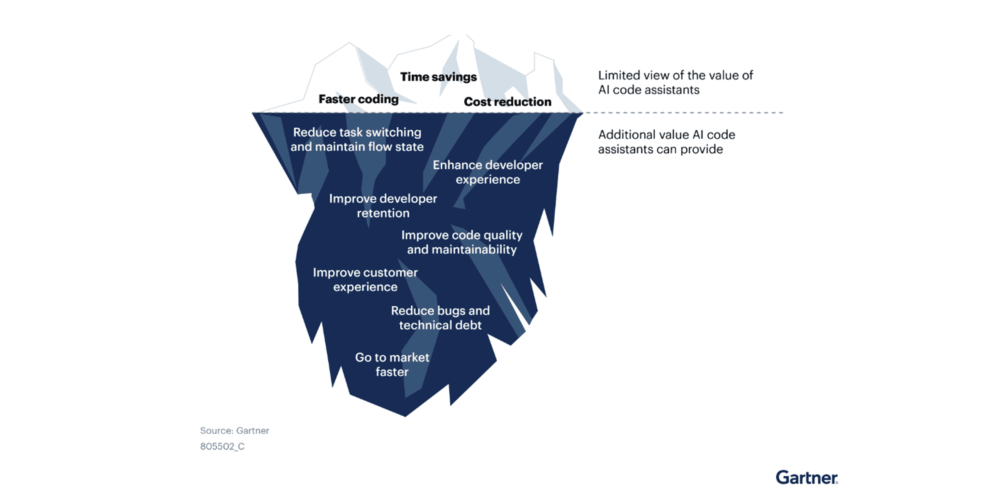
The most significant shift in software engineering isn’t AI’s ability to write code—it’s the inevitability of human-AI symbiosis. According to Gartner, 2024, by 2028, 75% of enterprise engineers will use AI code assistants daily. But this isn’t just about productivity gains; it’s about redefining the SDLC as a continuous, AI-orchestrated workflow.

Most GenAI tools today focus on isolated task automation—generating code snippets, drafting test cases, or scanning logs. Yet these tools fall short in addressing systemic engineering challenges:
We built the AI Valuescope Platform not as a single tool—but as a modular GenAI SDLC operating system. It embeds domain-specific agents at each phase of software delivery, enabling:
Unlike traditional co-pilots, Valuescope agents don’t wait for prompts—they act as collaborators with intent.
SDLC Stage | Traditional Approach | AI Valuescope Transformation |
Requirements | Manual JIRA ticketing | AI drafts epics, stories, DB schemas using prior data |
Development | Boilerplate code reuse | AI suggests optimized, compliant code for engineer validation |
Testing | Script-heavy automation | AI generates story-mapped test cases aware of business logic |
Deployment | CI/CD pipeline tuning | AI auto-generates Infra-as-Code with built-in guardrails |
Most “AI in SDLC” products are point solutions. Valuescope is a unified operating fabric. Key differentiators:
Recent benchmarks confirm the transformative impact of GenAI on legacy modernization:
Here’s what happens when AI becomes more than a tool:
We’re already piloting agentic AI frameworks where Nallas-built agents:
Most engineering leaders ask: “How do I add GenAI to my SDLC?”
The better question is: “How do I build a co-creative SDLC that scales with GenAI?”
The AI Valuescope Platform isn’t just a productivity boost—it’s a new operating model for software engineering.

VP of Strategy